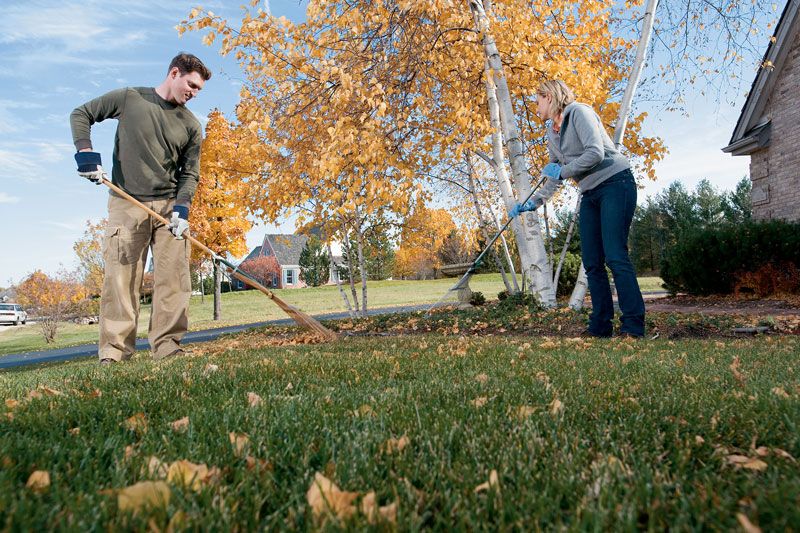Aeration is a crucial component of any lawn care regimen, yet it’s often overlooked by homeowners. This process involves perforating the soil with small holes to allow air, water, and nutrients to penetrate deep into the roots of your grass. In this guide, we’ll explore everything you need to know about lawn care aeration, from its benefits to the best techniques for achieving a healthy and vibrant lawn.
Understanding Lawn Care Aeration
- What is Aeration: Lawn care aeration is the process of creating small holes in the soil to alleviate compaction and promote better airflow, water absorption, and nutrient uptake by the grassroots.
- Why is it Important: Compacted soil can occur as a result of natural settling, heavy machinery, and foot traffic over time. This compaction restricts root growth and inhibits the flow of essential elements to the grass, leading to a weak and unhealthy lawn.
Benefits of Aeration
- Improved Soil Structure: Aeration helps loosen compacted soil, allowing it to absorb water and nutrients more effectively.
- Enhanced Root Development: Aeration promotes deeper root growth and increases the resistance of your grass to disease and drought by allowing roots to spread out.
- Enhanced Fertilizer Effectiveness: Aerated soil allows fertilizers to penetrate deep into the root zone, maximizing their impact and promoting lush, green growth.
Signs Your Lawn Needs Aeration
- Compacted Soil: If your lawn feels hard and compacted or if water puddles on the surface rather than soaking in, it’s likely in need of aeration.
- Thatch Buildup: A thick coating of dead grass and organic material on the soil’s surface indicates an excessive development of thatch, which can obstruct the absorption of nutrients and water and may need to be relieved by aeration.
When to Aerate Your Lawn
- Spring and Fall: The best times to aerate your lawn are during the spring and fall, when the grass is actively growing and weather conditions are mild.
- Avoid High Summer Temperatures: Aeration during the hot summer months can stress your lawn and may be less effective due to heat stress and drought conditions.
Aeration Techniques
- Core Aeration: Using specialized equipment, tiny plugs of soil are removed from the lawn during the most popular procedure, core aeration.
- Spiking: Spiking involves poking holes in the soil with a solid tine or spike aerator, which may be less effective than core aeration but can still provide some benefits, especially for light compaction.
Aftercare Tips
- Overseed: After aerating, consider overseeding your lawn to fill in any bare patches and encourage thick, healthy grass growth.
- Watering: Keep your lawn well-watered after aeration to promote recovery and ensure that the soil remains moist for optimal seed germination and root development.
Conclusion
Aerating your grass is a quick and easy method to make it healthier and more vibrant. You may have the lushest, greenest lawn in your community by knowing the advantages of aeration, figuring out when your grass needs it, and using the right methods and aftercare advice. Incorporate aeration into your lawn care routine, and watch your grass thrive year after year.
You may also like
-
Balcony maintenance – Owner vs. HOA responsibility
-
Unlocking Opportunities The Perfect Condo for Technical Education Enthusiasts – Chencharu Close Condo
-
Creative and Inspiring Easter Egg Design Ideas for Your Holiday Celebrations
-
How Does LASIK Eye Surgery Improve Vision for Sports Enthusiasts in College Station
-
How to Prevent Roots From Invading Your Sewer Line


